Opossums are one of those animals that people love to hate. It must be a misunderstanding or judgment of their sometimes not-so-cute exterior that makes people dislike them so much. Opossums are fantastic and help out behind the scenes. If more people knew how useful these naked-tailed animals were, they might just want to give them some well-deserved respect. If you’ve seen these furry friends at some point in your life on earth, you have surely noticed a wide range of sizes they come in. Some are very big, whereas others are small and dainty. How big do these furry helpers get when compared with other critters? First, let’s start with an encyclopedia brush-up on opossums.
What Are Opossums?
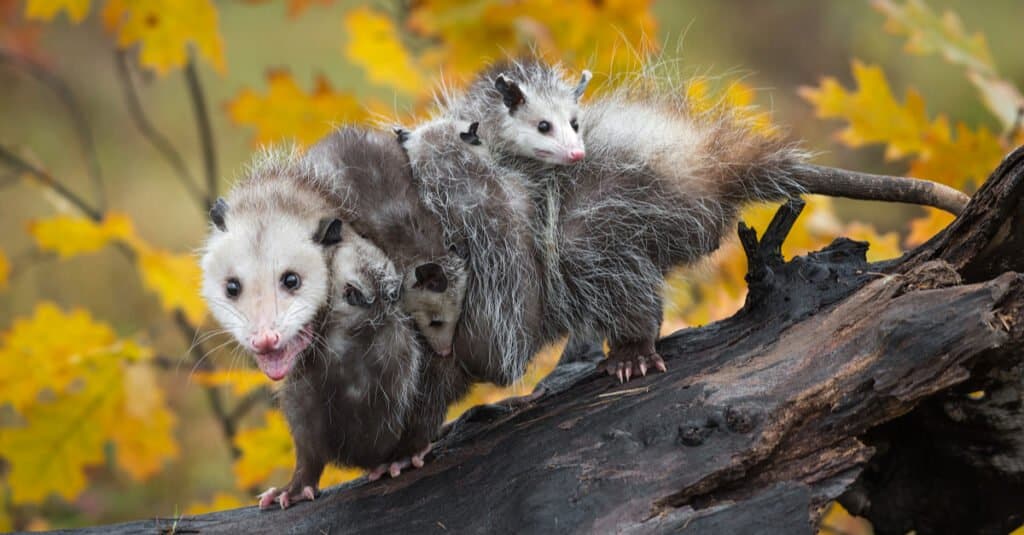
Opossums clean up waste, bacteria, and ticks from the environment.
©Holly Kuchera/Shutterstock.com
Scientific name: (Didelphis marsupialis)
Appearance: They are medium to large-bodied marsupials with a soft white and grey undercoat with coarse white and black guard hairs on top. They have long, furless tails that they use to hang from trees and use as an extra hand while climbing. Opossums have round dark grey or black ears, pink noses, and naked pink feet. Their average length is two and a half feet, while their average weight is 4 – 11 pounds. They are 14 – 37 inches, including their long tails.
Diet: The diet of an opossum is one big reason that makes them great to have around! They eat carrion, dangerous snakes, 5,000 ticks annually, plants, insects like cockroaches, fruit, vegetables, garbage, and some small animals like mice and rats. Opossums have been seen eating roadkill frequently. They are very much on “team sanitation.”
Lifespan: 2 – 4 years. This is mostly due to predators.
Info: Opossums are marsupials, not giant rodents. There are over 100 different kinds of opossums, ranging from large cat-sized Virginia opossums to tiny pigmy opossums. In North America, only the Virginia opossum (Didelphis virginiana) exists. The females have pouches like other marsupials, which they carry their babies in until they have fur and their eyes open. They typically give birth to 20 joeys, though only approximately eight survive. Once they are big enough to leave their mother’s pouch, the joeys hop onto mom’s back and go for rides. Sometimes people refer to opossums as possums, but possums are a different species of marsupial and are not found outside of Australia and New Guinea. The name opossum was derived from the Algonquin term “aposoum,” which translates into “white beast.”
Playing ‘Possum

Playing dead is an involuntary response on the part of the opossum. The stress of the confrontation facing the opossum causes him to go into shock.
©iStock.com/ScrappinStacy
When an opossum feels threatened, as it frequently is with having many enemies, they will do everything they can to avoid becoming lunch. They will first try to run, and if it ends poorly, will urinate, defecate, vomit, hiss, growl, and belch. Of course, if that doesn’t work, they do what everyone knows them for: they “play dead.” This act is actually not an act at all, but they are not dead; they’ve fainted from fear. The opossums will lay on their sides with their mouths open, teeth bared, eyes shut, and foam a stinky substance from the mouth. Their “death” can last up to four hours, which is enough for most predators to give up and completely forget it ever happened.
How Big Can Opossums Get?
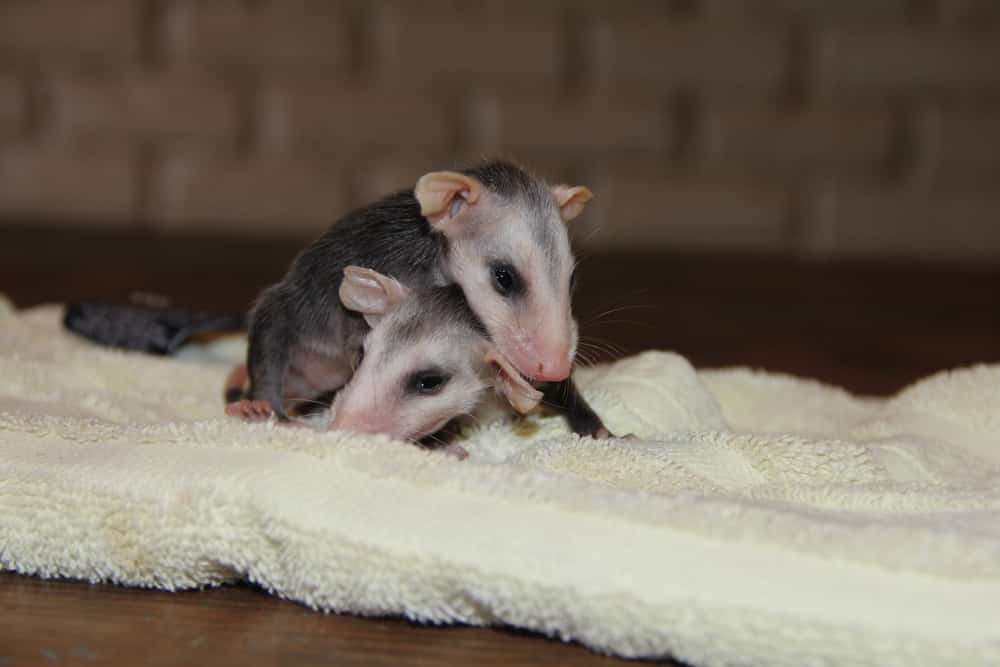
Joeys start out weighing only 13 grams.
©5Foote/Shutterstock.com
The world record holder in the weight category for an opossum came in at 15.4 pounds! That’s larger than most cats. On average, they weigh 8.8 – 13.2 pounds. Some are smaller at 5 – 8 pounds. Also, males weigh more than females. As newborns, the joeys are around 13 grams and the size of a bee. By the end of two weeks, they should weigh 15 grams and are pink and hairless. By the end of three weeks, the joeys are 20 grams, and their skin begins to look grey. At this stage, they begin to sneeze to get their mother’s attention.
Once they reach the end of seven weeks, they will weigh 30 grams and begin to have short, fuzzy grey hair and white ears. The joeys have open mouths and eyes at this point. At the nine-week mark, the babies begin to wrestle with each other and weigh 40 grams. By 12 weeks old, the joeys weigh 55 grams and can crawl around. When the babies are 10 – 12 weeks old, they are big enough to climb on their mother’s back. If they happen to fall off and get lost, or if their mother is hit by a car and the babies are not rescued, they will die.
Opossum Weight Versus Other Animals

©iStock.com/randimal
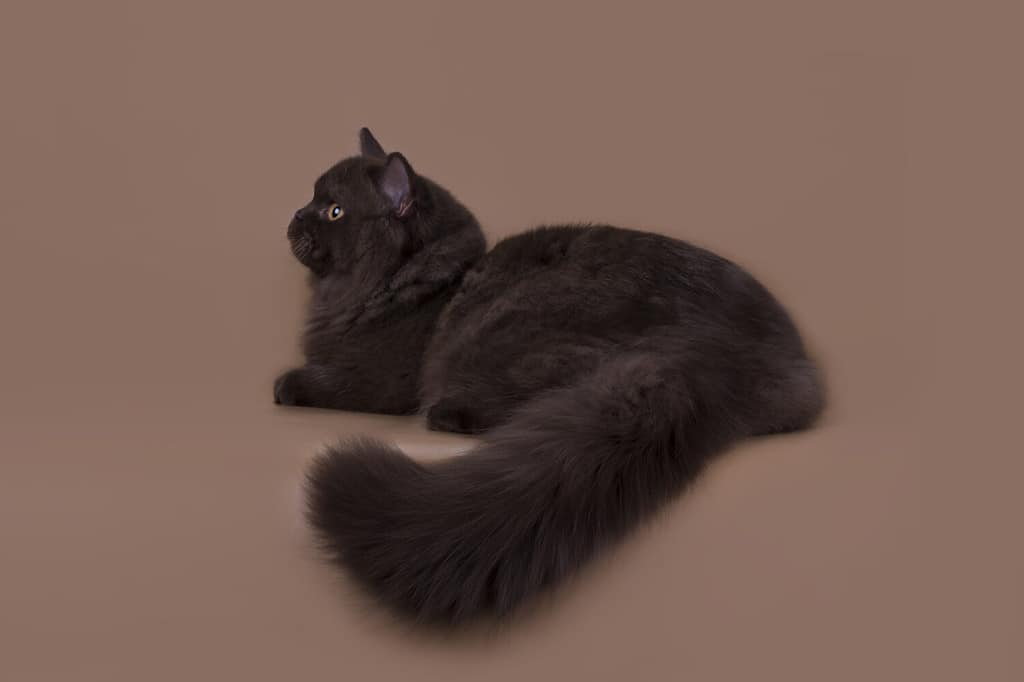
©kuban_girl/Shutterstock.com
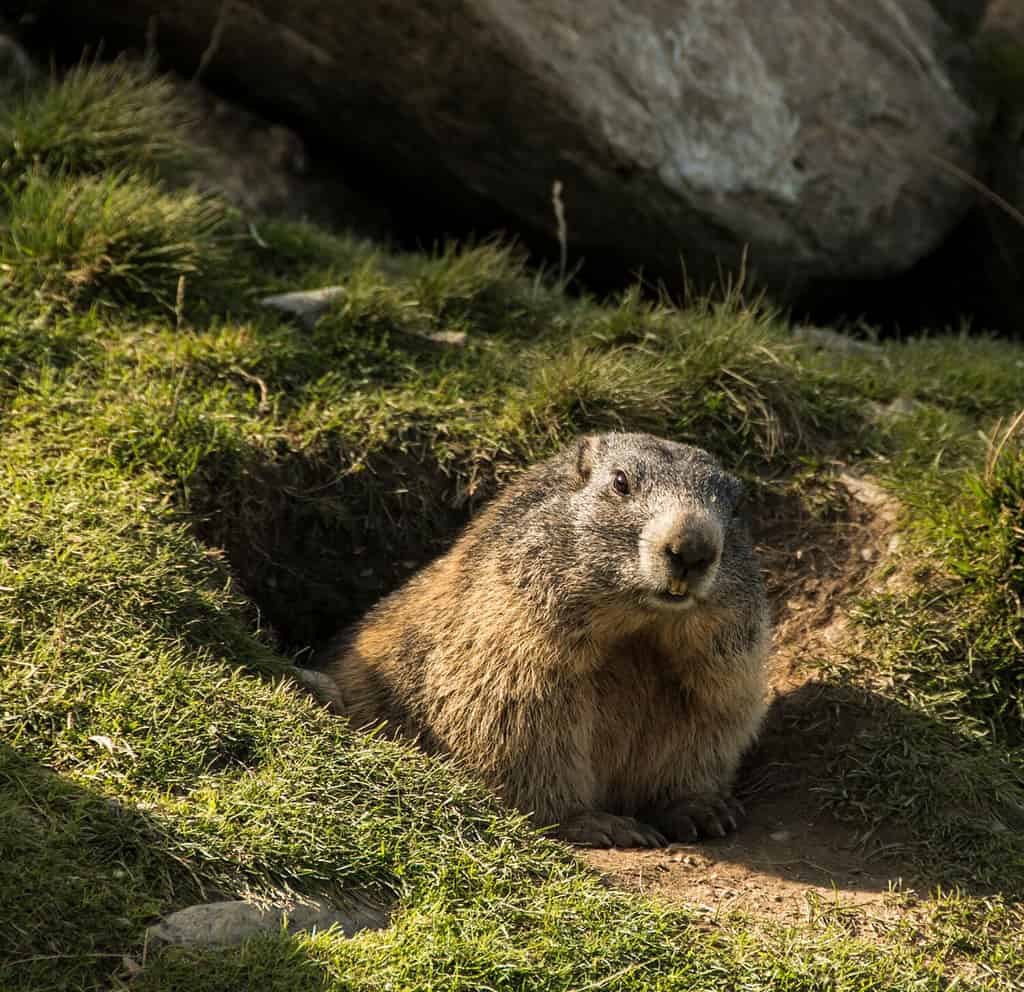
©Mitch Shark/Shutterstock.com
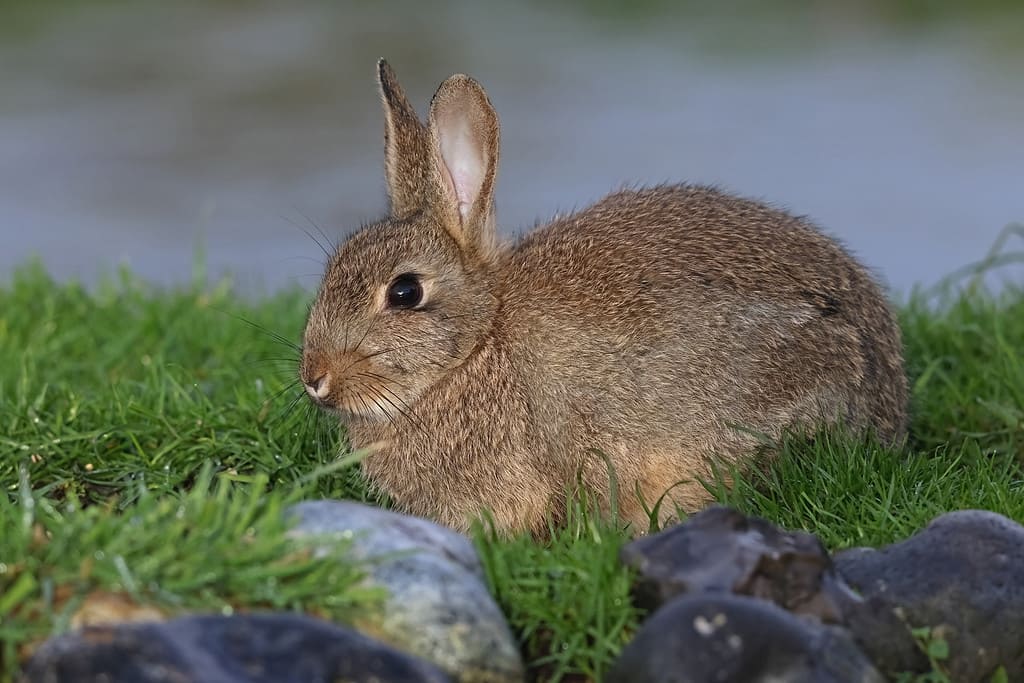
©neil bowman/iStock via Getty Images
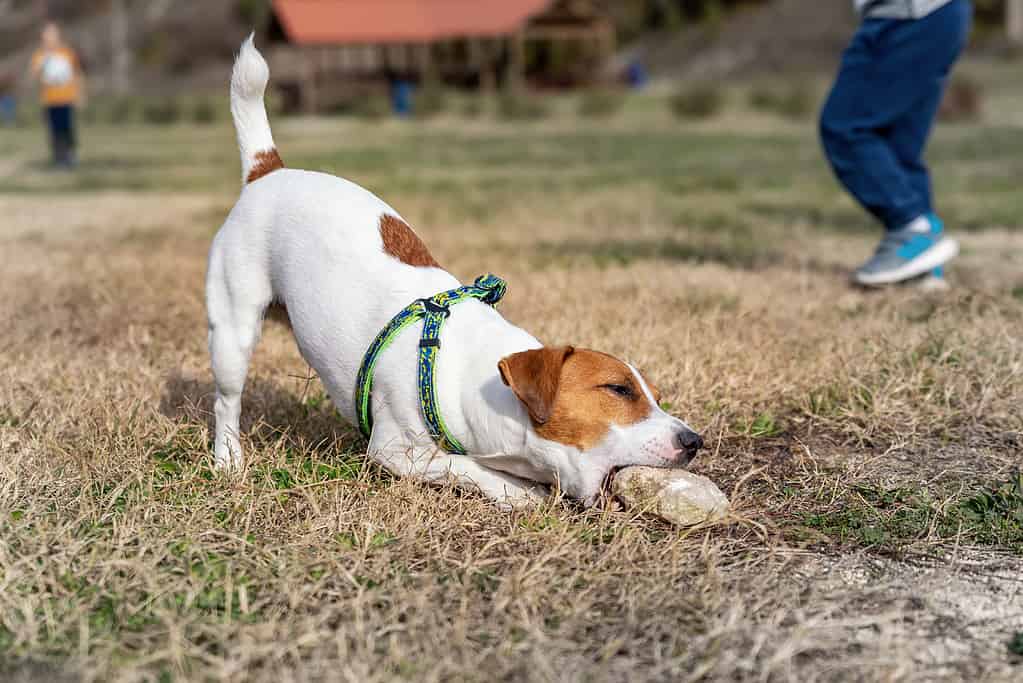
©Kyryl Gorlov/iStock via Getty Images
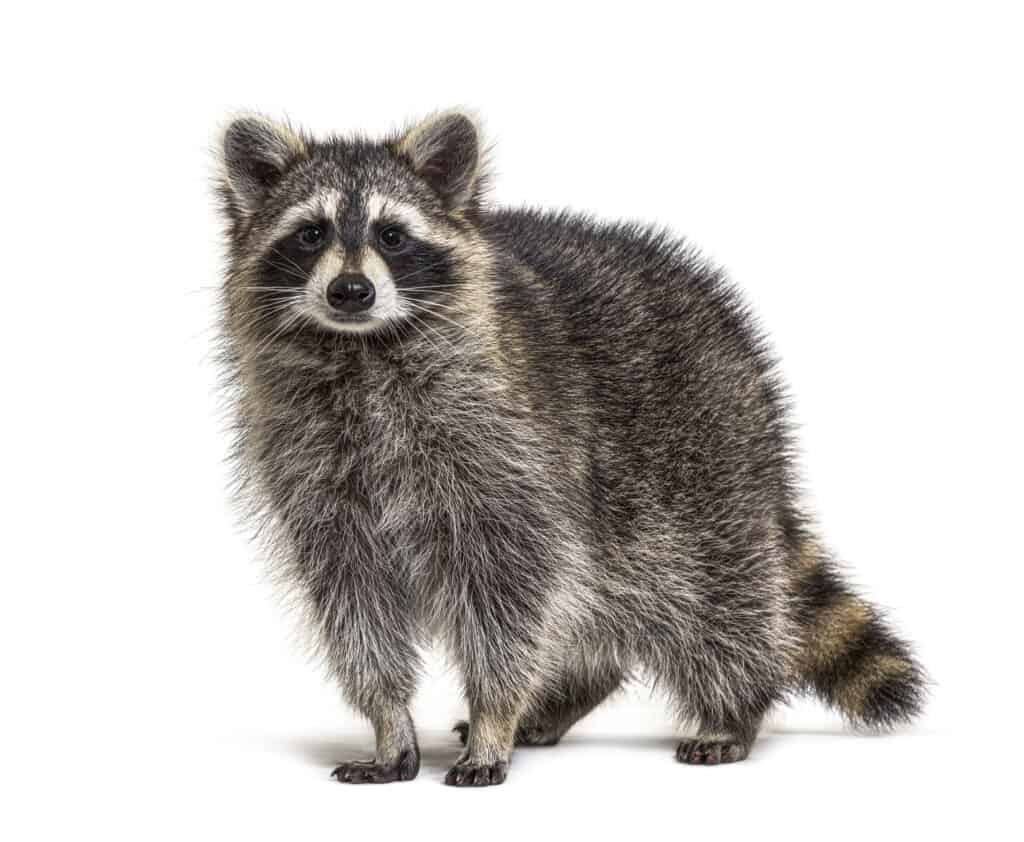
©iStock.com/GlobalP
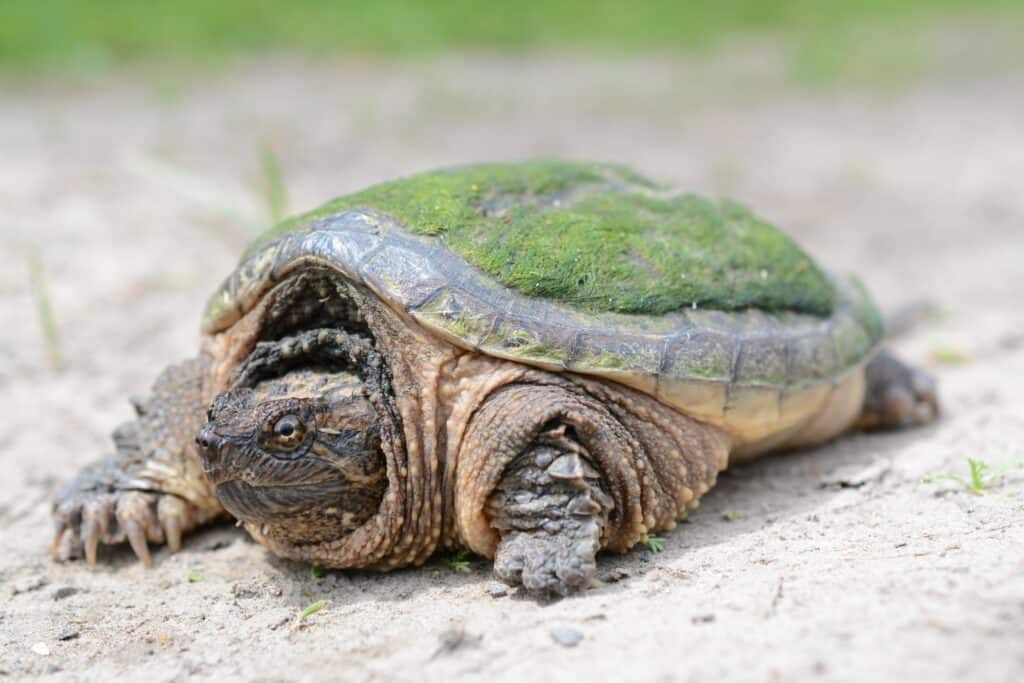
©Trevor Meunier/Shutterstock.com
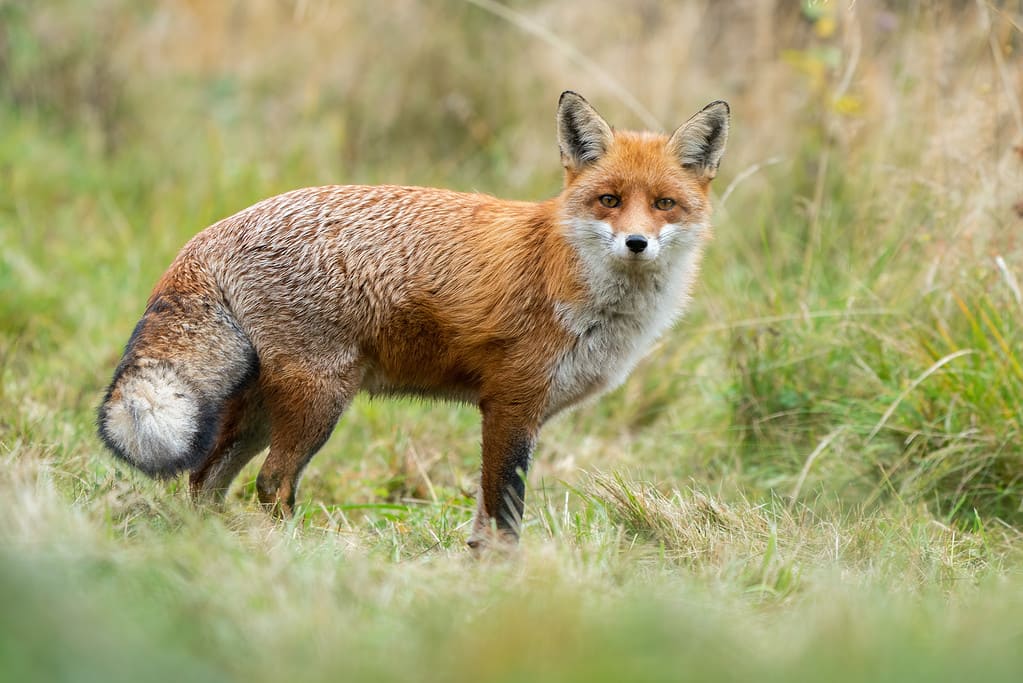
©JMrocek/ via Getty Images
*The opossum weighs 7.5 pounds in this contest of the bulk!
| Type of Animal | Weight | Weight Compared to Opossum |
| Domesticated Cat | 9.9 pounds | Cat wins! One opossum plus 2.4 pounds equals one cat. |
| Groundhog | 8.6 pounds | Groundhog wins! One opossum plus 1.1 pounds equals one groundhog. |
| Cottontail Rabbit | 3.1 pounds | Opossum wins! Two and a half cottontails plus 1.3 pounds equals one opossum. |
| Jack Russell Terrier | 15.5 pounds | The snapping turtle wins! Two opossums equals one snapping turtle. |
| Raccoon | 13.85 pounds | Raccoon wins! One opossum plus 6.35 pounds equals one raccoon. |
| Common Snapping Turtle | 22.5 pounds | Snapping turtle wins! Two opossums equals one snapping turtle. |
| Red Fox | 11 pounds | Fox wins! One opossum plus 3.5 pounds equals one fox. |
Thank Your Local Opossum

Opossums save humans and animals from tick-borne diseases like Lyme disease!
©iStock.com/rexlis
There you have it; the Competition of the Bulk has drawn to a close. Opossums might now be everyone’s favorite animal, but they do a vast amount of good for being such small, fuzzy animals. They even eat all of the typical pests, including copperhead snakes. On top of that, these strange grey beings are immune to snake venom, including water moccasins, rattlesnakes, and copperheads. Their body temperature is too low for them to contact rabies, which makes them pretty safe for your pets to be around unless they happen to be a chicken. They won’t turn down a meal of easily selected sleeping chicken, so be sure to lock up your chickens at night. They will also be inclined to stick around a home that leaves open food containers, cat or dog food, or any other type of meat-eating animal food out at night.
Opossums are immune to most viruses, including but not limited to distemper, some types of feline hepatitis, Lyme disease, flu, or norovirus. However, they can carry fleas and get intestinal parasites just like other animals, including dogs and cats. Everyone has a weakness.
A Few Fun Facts About Opossums

Opossums deserve respect like all other animals in the world.
©Barbara MacDonald/Shutterstock.com
- A group of opossums are called a passel.
- Opossums have 50 teeth, which is way more than most land animals. They have the most teeth of animals in North America, and it is super rare that they will bite. That is reserved as a last resort for mothers defending their joeys.
- Males have a strange “below the belt” secret: they have forked penises.
- Opossums are North America’s only marsupial.
- Females are only pregnant for 13 days and can have 20 joeys.
- They are extremely thorough at grooming themselves and do it very often.
- Opossums can run at a speed of seven miles per hour. Since they aren’t the fastest runners out there, they have adapted strategies to escape death by predators. They climb trees very well, hide, play dead, and they will enter any burrow to throw their foes off of their trail.
- They cannot dig holes because their nails are delicate and can be ripped out easily.
- As far as brains go, opossums rank higher than dogs and are equal to pigs.
- They swim, run, and climb well! They would be excellent in triathlons if they could swap out bike riding for climbing.
- They have thumbs like primates and humans and use them.
The photo featured at the top of this post is © Heiko Kiera/Shutterstock.com
Thank you for reading! Have some feedback for us? Contact the AZ Animals editorial team.







